Discussion Of Factors Affecting The Output Of Biomass Pellet Machines
The following is a detailed analysis:
1. Raw material characteristics and pre-treatment
Raw material characteristics are the basic factors affecting the output, and different types of raw materials need to be treated in a targeted manner.
Wood chips: If the wood chips are uneven in particle size and contain high impurities, it is easy to cause poor feeding; too high moisture content will make pellet molding difficult, and too low moisture content may cause increased equipment wear. It is necessary to control the moisture content within a reasonable range (usually 8%-20%) through crushing, screening and drying.
Straw: Straw fibers are coarse and waxy. If they are not pre-treated (such as crushing to a suitable particle size and removing impurities), the equipment load will increase, the compression efficiency will be reduced, and the output per unit time will be affected.
Other types of raw materials: such as bark, peanut shells, etc., need to adjust the pretreatment method according to their density and fiber structure to ensure that the raw materials meet the equipment feeding and molding requirements.
Equipment and operation: the triangular relationship between mold, maintenance and experience
Equipment performance and operation standardization directly determine production efficiency.
Mold compression ratio: The mold is the core component of particle forming. If the compression ratio is too small, the particles will be loose and easy to break, and repeated processing is required; if it is too large, the raw material compression resistance will be large, the equipment energy consumption will increase and the output will decrease. It is necessary to match the appropriate compression ratio according to the characteristics of the raw material.
Equipment maintenance: Problems such as insufficient bearing lubrication, mold wear and failure to replace in time, and loose transmission parts will lead to unstable equipment operation and increased downtime rate, which will directly reduce effective production time and output.
Operator experience: Insufficient experience is prone to problems such as improper feed speed control (too fast blockage, too slow idling). Skilled operators can make real-time adjustments according to the state of the raw materials to ensure that the equipment runs efficiently at full load.
Environment and supporting conditions
Environment and supporting facilities provide basic guarantees for production.
The influence of environmental temperature and humidity is significant. High temperature and high humidity environment will cause the raw materials to rehydrate and increase the difficulty of forming; low temperature and dry environment may increase the brittleness of the raw materials and increase the breakage rate. At the same time, if the supporting feeding system and screening equipment have insufficient capacity or poor operation, it will form a production bottleneck and fail to give full play to the designed capacity of the pellet machine; unstable power supply leads to frequent start and stop of equipment, which will also greatly reduce the actual output.
Conclusion: Breaking the bottleneck requires systematic optimization
The current biomass pellet industry still faces challenges such as high storage and transportation costs and seasonal fluctuations in raw materials. Increasing production requires coordinated efforts from three ends: standardized pretreatment of raw materials, intelligent upgrade of equipment (such as variable frequency speed regulation conveying equipment), and closed-loop environmental management (storage and transportation moisture prevention).

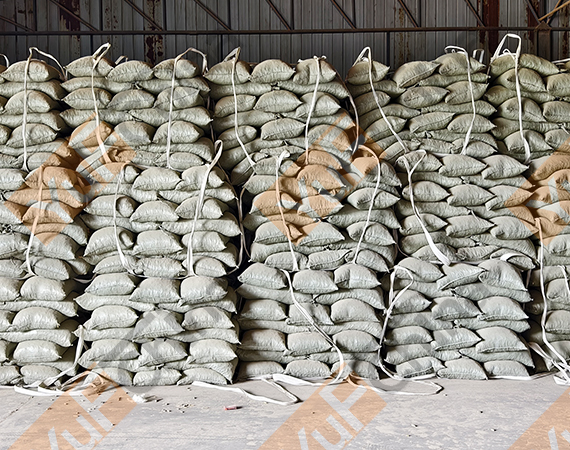
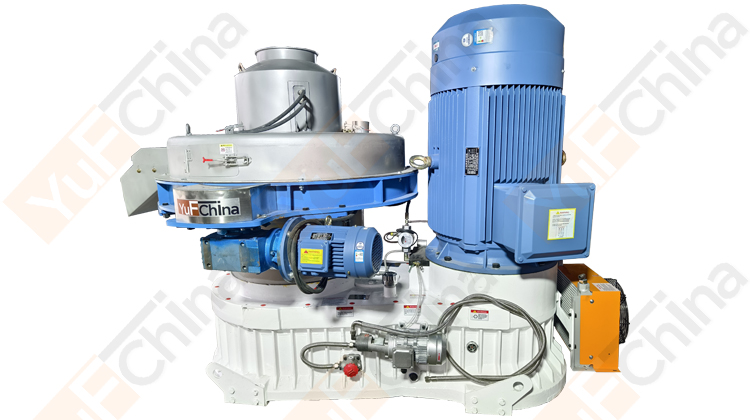
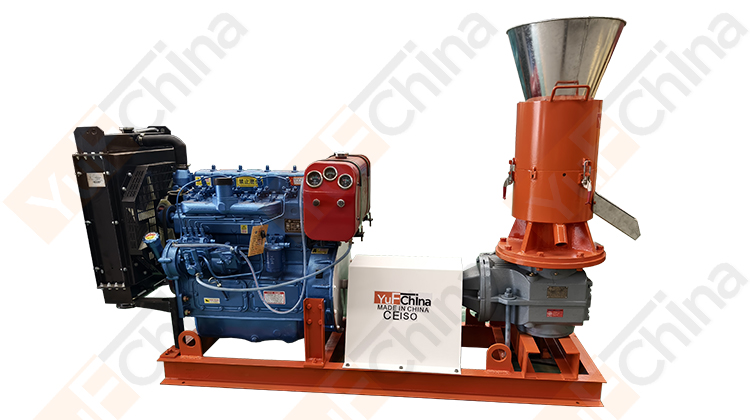

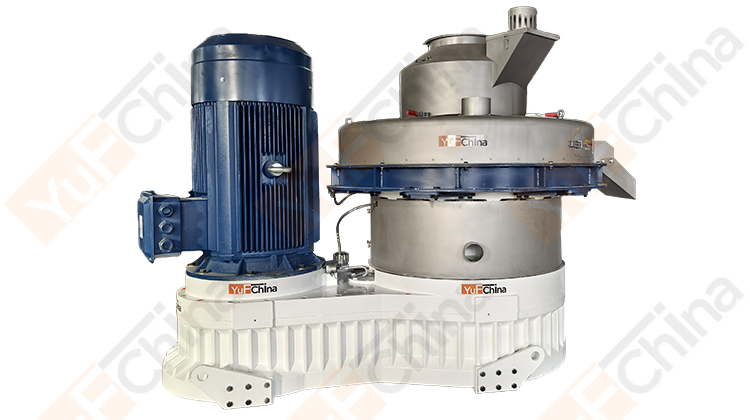
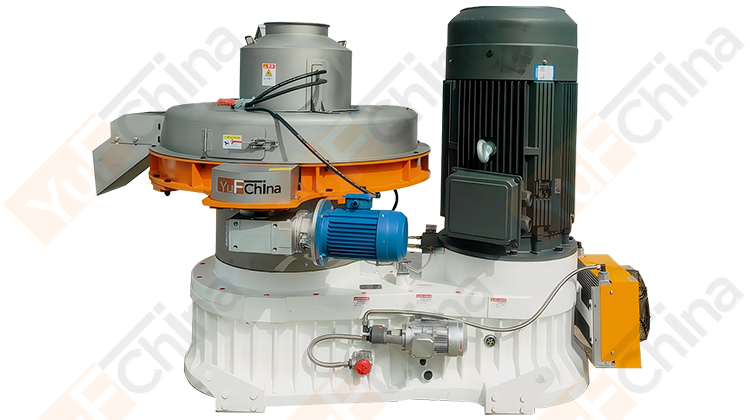
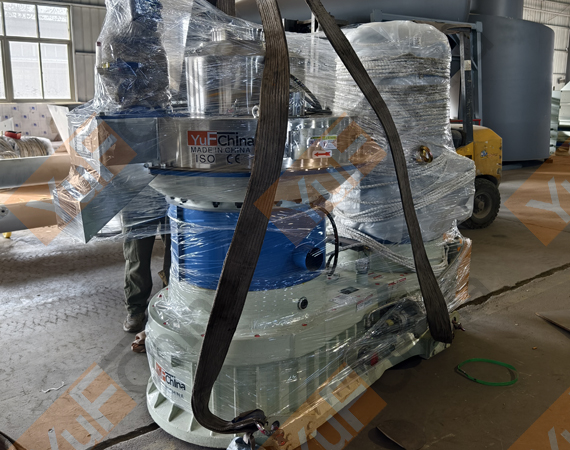
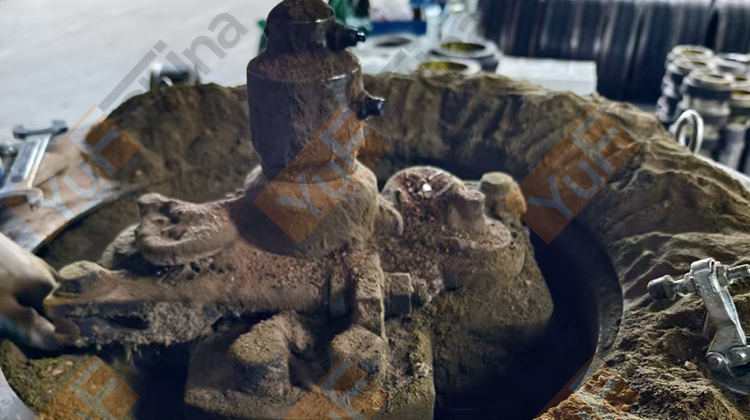



GET IN TOUCH WITH US